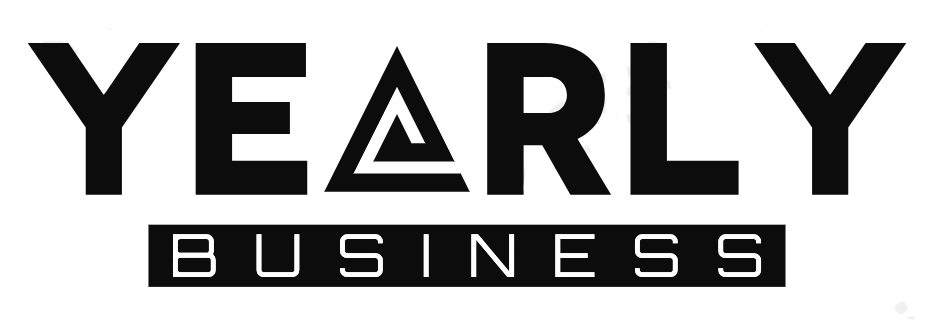8 Tips for Implementing Organizational Training in the Workplace

When the success of your company hinges on the capabilities of your team, leaving organizational training to chance is like walking a tightrope without a safety net; risky and unnecessary. This is the backbone of your workforce, the strategic imperative that transforms raw talent into your company’s greatest asset. In a landscape where every competitor is seeking an edge, your commitment to not just training, but to crafting an exceptional training paradigm, can be the difference between leading the pack or trailing behind.
As you peruse the ins and outs of this article, you’ll find the secrets to unlocking potential through training and development programs Keep reading to discover how to invigorate your team with knowledge, skills, and a shared vision for success.
1. Assess Organizational Training Needs
Before you even think about diving into training, you’ve got to know what your team needs. It’s like being a detective; you gather clues to solve a puzzle. The puzzle here is figuring out what skills and knowledge your team must have to knock their jobs out of the park.
Start by talking to your managers and the people doing the work day in and day out. What do they struggle with? What tools could help them work smarter, not harder?
Then, look at the big picture. How do these needs fit with where your company wants to go? Remember, a great training and development program is like a custom-made suit. It fits just right because it’s made just for your team’s needs.
2. Set Clear Training Objectives
Once you know what your team needs, it’s time to get down to brass tacks and set some clear goals. This isn’t about throwing a bunch of fancy words on paper. You need real targets, something you can actually check off as done.
Think about it like this: If employee training is your road trip, then your objectives are the must-see stops along the way. They should be as clear as “Learn to use our new sales software” or “Understand our refund policy front to back.”
That way, everyone knows exactly where they’re headed, and you’ll know when they get there.
3. Develop Engaging Content
Alright, so now you’ve got your roadmap of objectives. The next step? Creating the stuff that’ll get your team there.
But let’s be real. Nobody wants to sit through boring lectures or snooze-worthy slide shows. You need to grab their attention and keep it.
Use real-world scenarios they can relate to. Mix it up with videos, interactive sessions, and maybe even some games. Keep it lively, keep it fun, and keep it useful.
This is where training and development programs really come to life. When your team is engaged, they learn. They remember. And before you know it, they’re applying what they’ve learned to make magic happen at work.
4. Choose the Right Training Methods
You’ve got your engaging content in hand; now it’s time to figure out the best way to deliver it. Not everyone learns the same way, so one size definitely doesn’t fit all when it comes to training methods.
Some folks might do great with self-paced online courses they can work through on their own time. Others might need the hands-on, ask-a-million-questions kind of learning that happens best in person. And let’s not forget on-the-job training, where they can learn by doing, which is perfect for those who need to see it to believe it.
The key is to pick the training programs that’ll resonate best with your team. This way, everyone gets the chance to learn in the way that’s best for them, making sure the training really sticks.
5. Incorporate Technology
Let’s face it: tech is everywhere, and it can make learning a whole lot easier. When you bring technology into your training, you’re giving your team the power to learn at their own pace and on their own time.
Think about having an online hub where all your training materials live. This could be where your employee manual is always up to date and where interactive modules can help your team master new skills.
6. Provide Support and Resources
Now, just because the official training session ends doesn’t mean your team’s learning journey does. They need support and resources they can tap into at any time.
Set up a mentorship program, or have weekly check-ins where they can ask questions and get help. Make sure they know where to find help guides or who to call when they’re stuck. You could even create a resource library that’s full of articles, videos, and FAQs.
It’s all about giving your team the tools to keep growing and improving. That’s what employee development is all about.
7. Measure and Adapt
If you’re not checking to see how well your training’s working, you’re flying blind. You’ve got to measure it. Are your team members hitting the goals you set in the beginning?
Use surveys, quizzes, and even one-on-one chats to get their feedback. And here’s the thing: be ready to switch things up if you need to. If something’s not working, change it.
Your training should never be set in stone. Adapt it as your team grows and as your company changes.
8. Encourage a Culture of Continuous Learning
Last but not least, make learning a part of your company’s vibe. It shouldn’t just be something that happens once in a while; it should be all the time. Encourage your team to keep learning, even outside of formal training sessions.
Maybe set up a book club, or give them time each week to learn something new related to their job. And don’t forget to cheer them on when they make progress.
The Ripple Effect of Knowledge
With each step of organizational training, you pave the way for not just individual success, but for the collective triumph of your entire enterprise. The strategies outlined here are your building blocks for an enviable training and development ecosystem that nurtures talent and drives innovation.
By integrating these tips into your training programs, you’re not only equipping your workforce with the tools to excel but also embedding a legacy of continuous improvement into your corporate DNA.
Eager for more insights that can propel your business forward? Visit our Business section on our blog, where the next piece of your organizational puzzle awaits.




